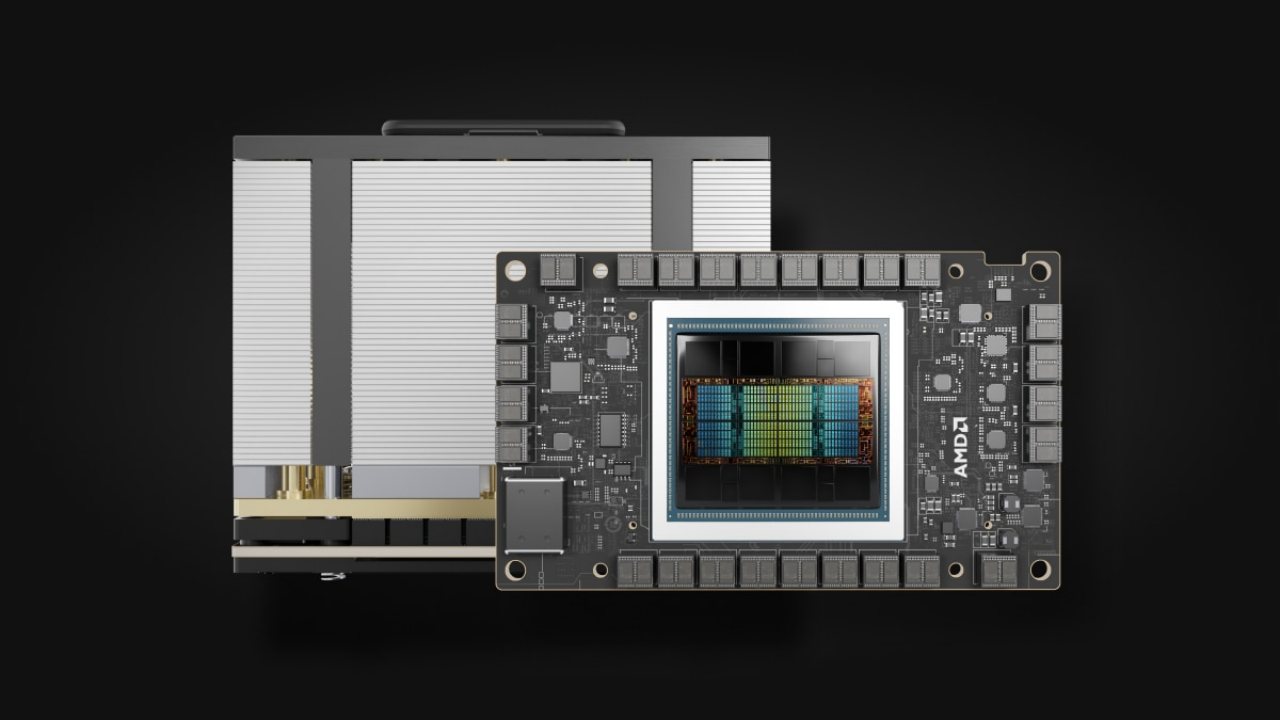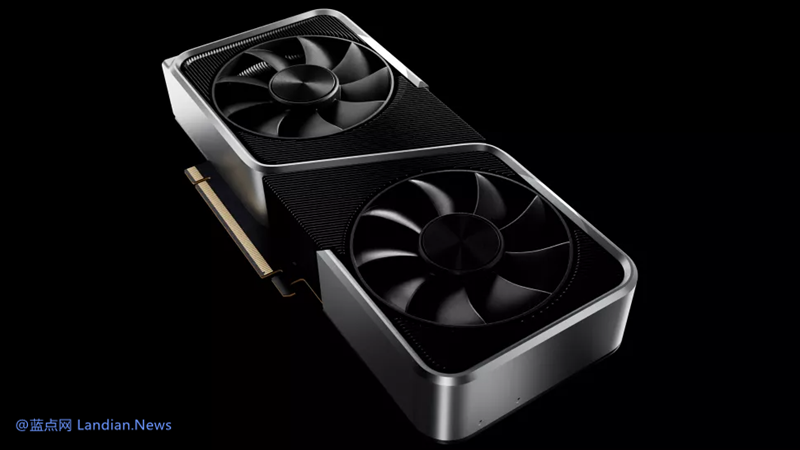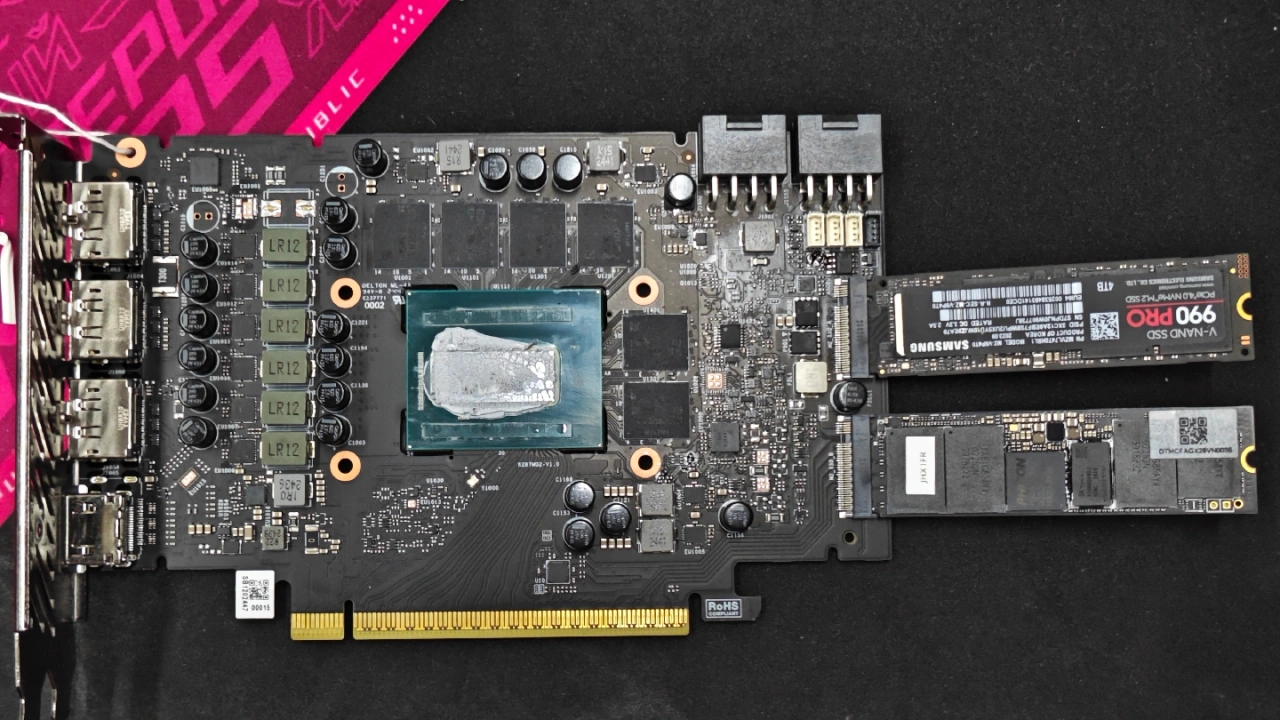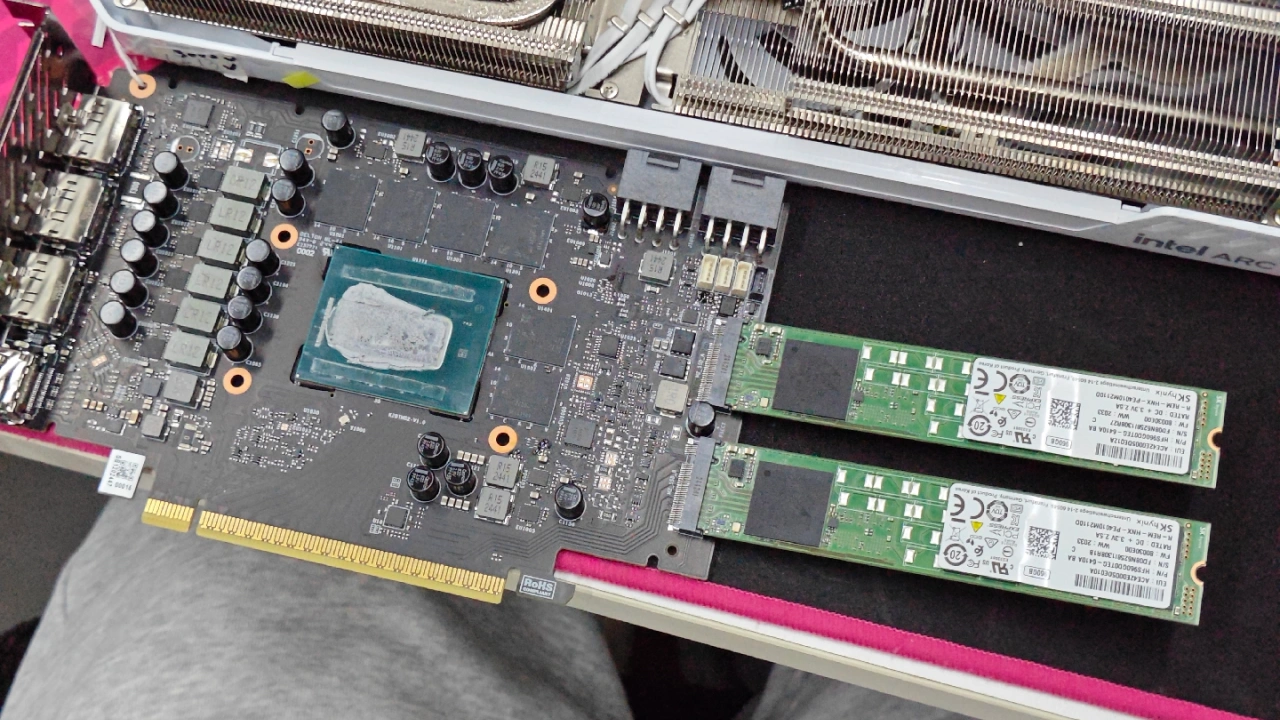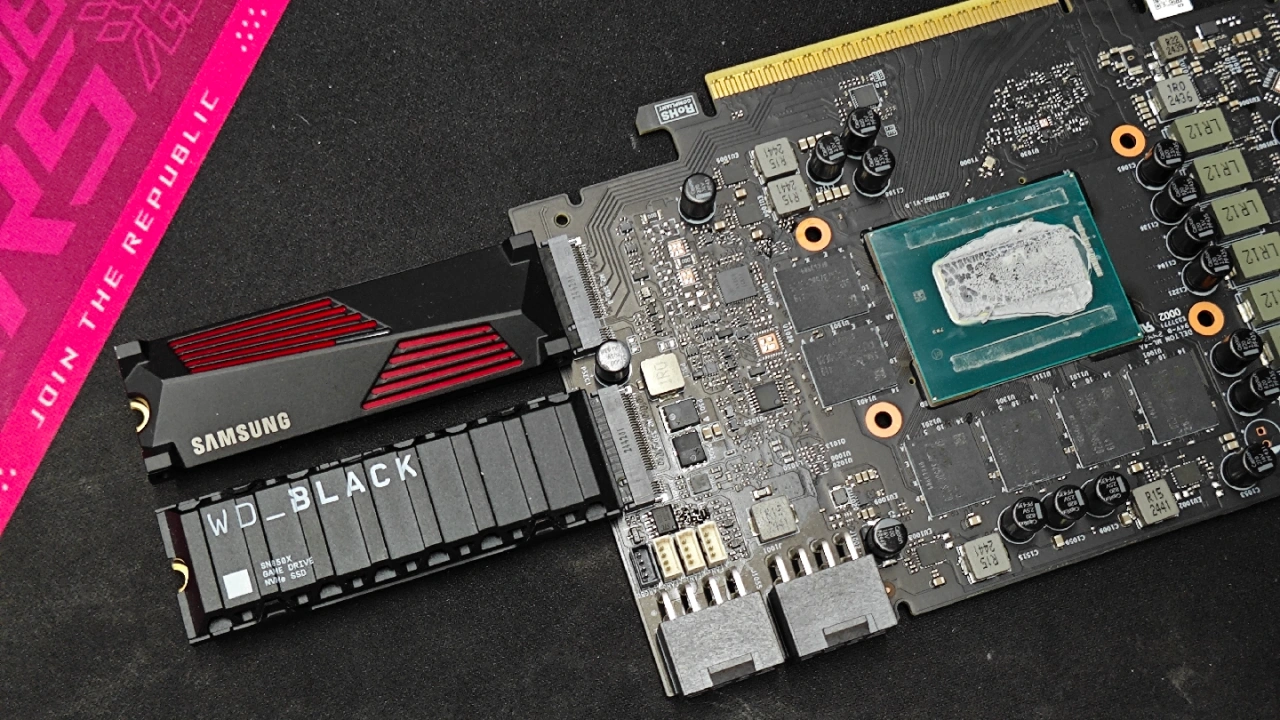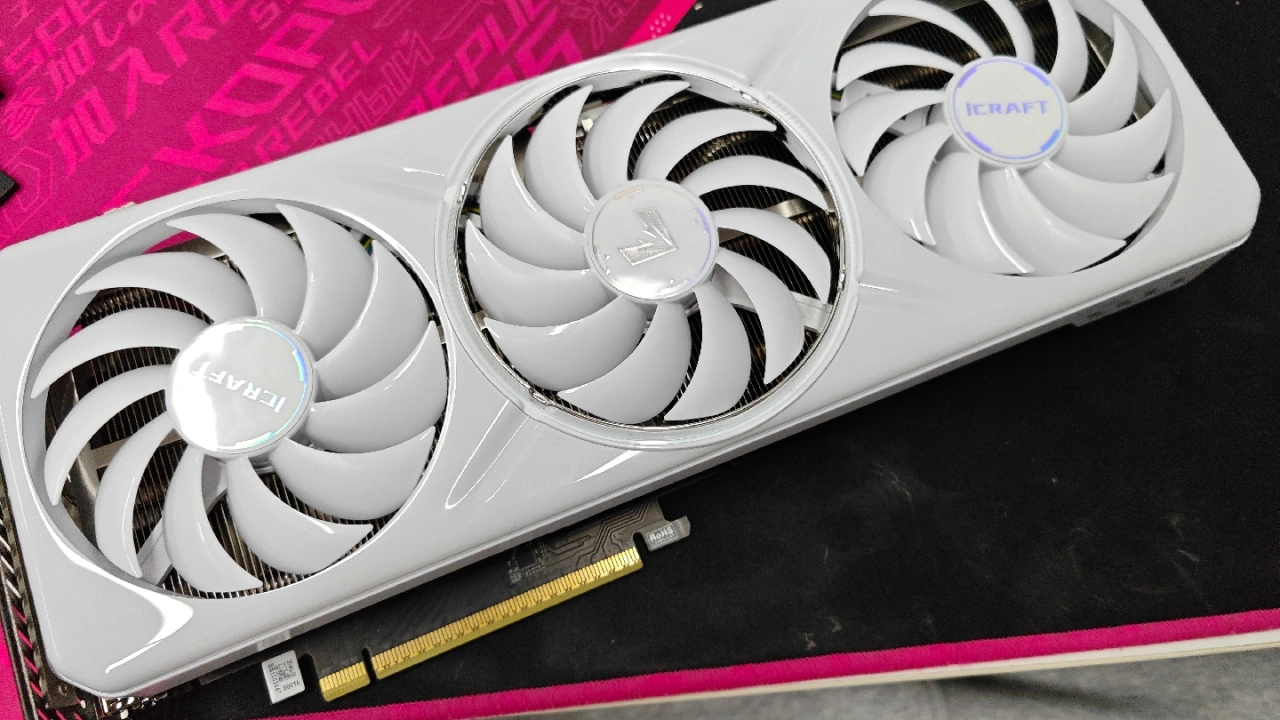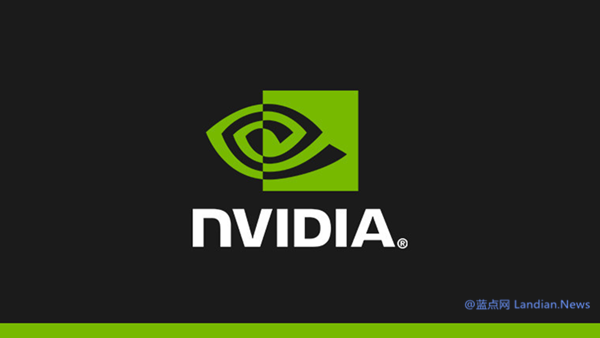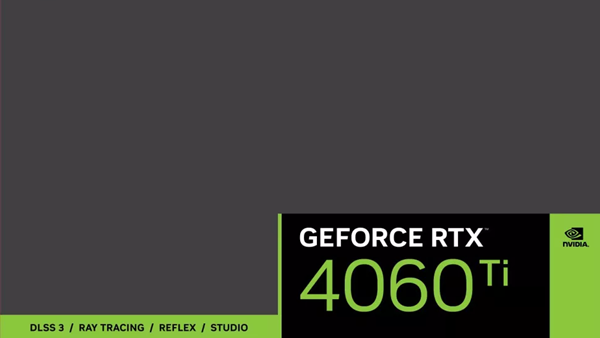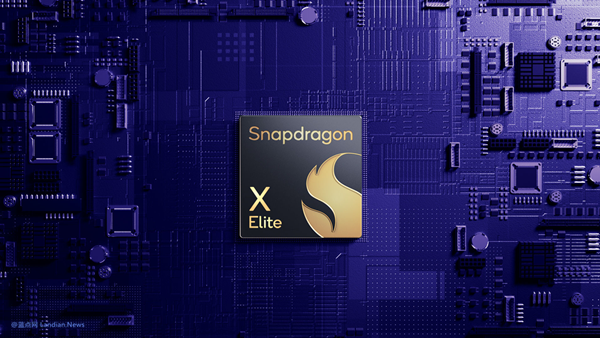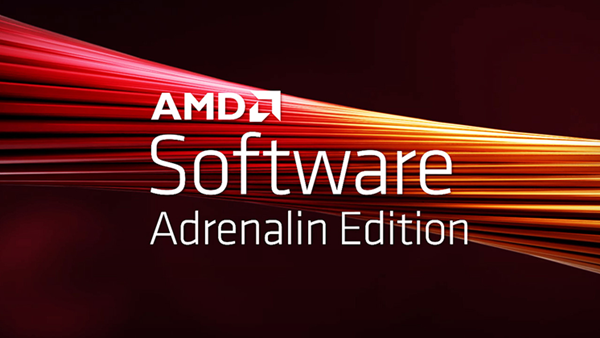AMD Announces the Merger of RDNA and CDNA Architectures into UDNA to Challenge Nvidia's CUDA Architecture
At the recent IFA 2024 held in Berlin, Germany, AMD disclosed the company's plan to merge the consumer-focused RDNA architecture with the data center-oriented CDNA architecture into a unified UDNA architecture. This new structure aims to challenge Nvidia's well-established CUDA ecosystem.
Nvidia's developer-focused CUDA architecture has always been a significant threat to AMD. Since CUDA is not open-source, AMD's attempts to fund open-source projects for CUDA compatibility were halted due to legal issues.
In 2019, AMD announced the retirement of its original GCN microarchitecture, intending to split its new graphic architecture into two distinct designs: RDNA for the consumer market and CDNA for data centers.
This re-merging of architectures represents AMD's strategic adaptation to the current market environment. AMD claims that by consolidating the microarchitectures, developers will find it easier to adapt and optimize, avoiding the need to choose between the two previous architectures.
This move is in line with AMD's shift from targeting the high-end GPU market to focusing on gaining a larger market share through volume sales. With a larger user base, AMD can attract developers to collaborate and optimize for AMD GPUs.
The purpose of the UDNA architecture is to simplify developers' work by merging the microarchitectures for both consumer and data center GPUs, facilitating more developer participation in AMD's ecosystem.
AMD also acknowledged mistakes in the RDNA architecture, where each upgrade in memory hierarchy and subsystem required a reset and optimization. Therefore, AMD plans to launch three generations of products without altering the memory hierarchy.
Will future desktop GPUs share the same architecture as AMD's data center-oriented Milan MI300X? While it sounds ambitious, it is indeed the case that future consumer GPUs will utilize data center-level microarchitecture.
